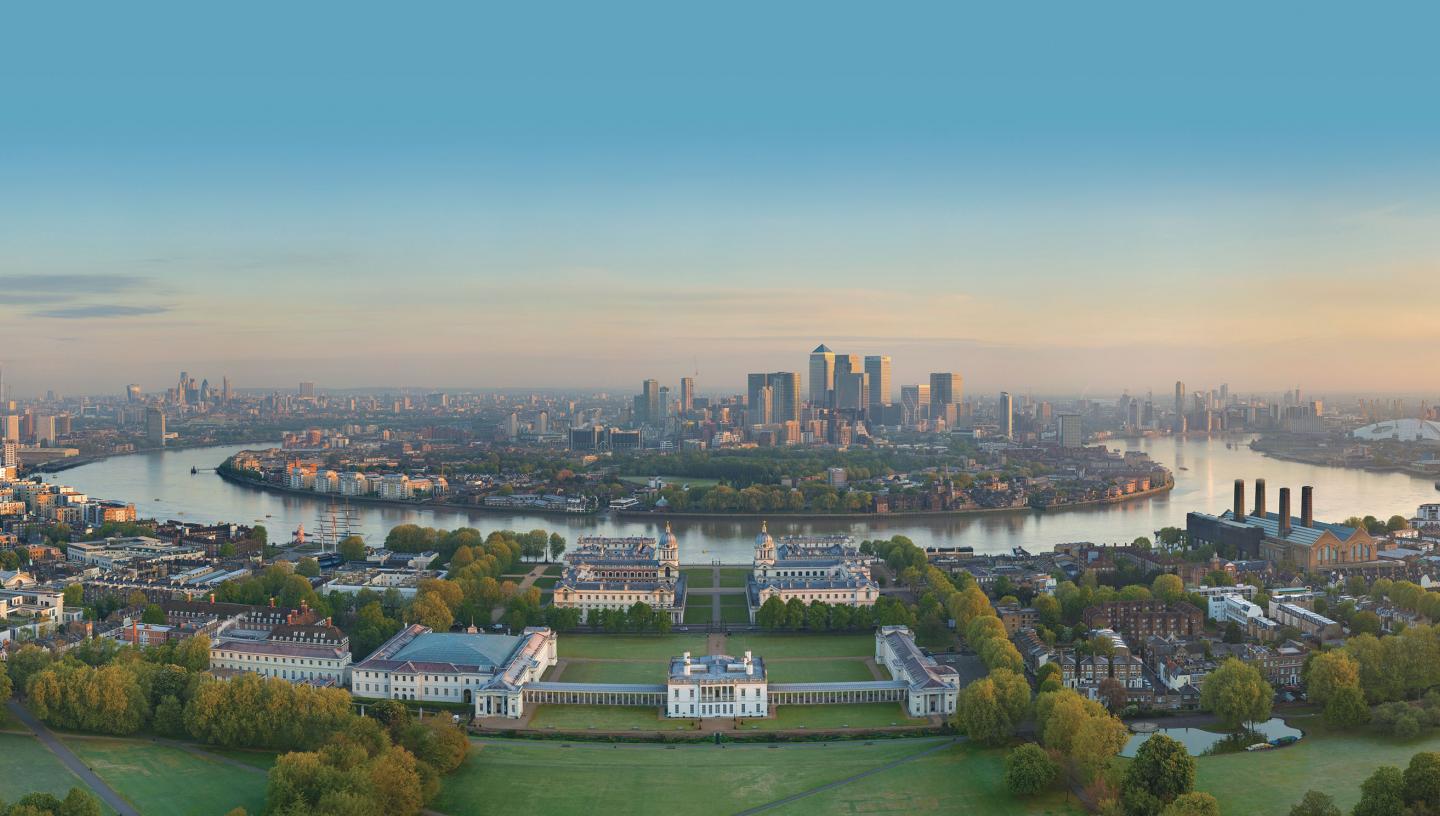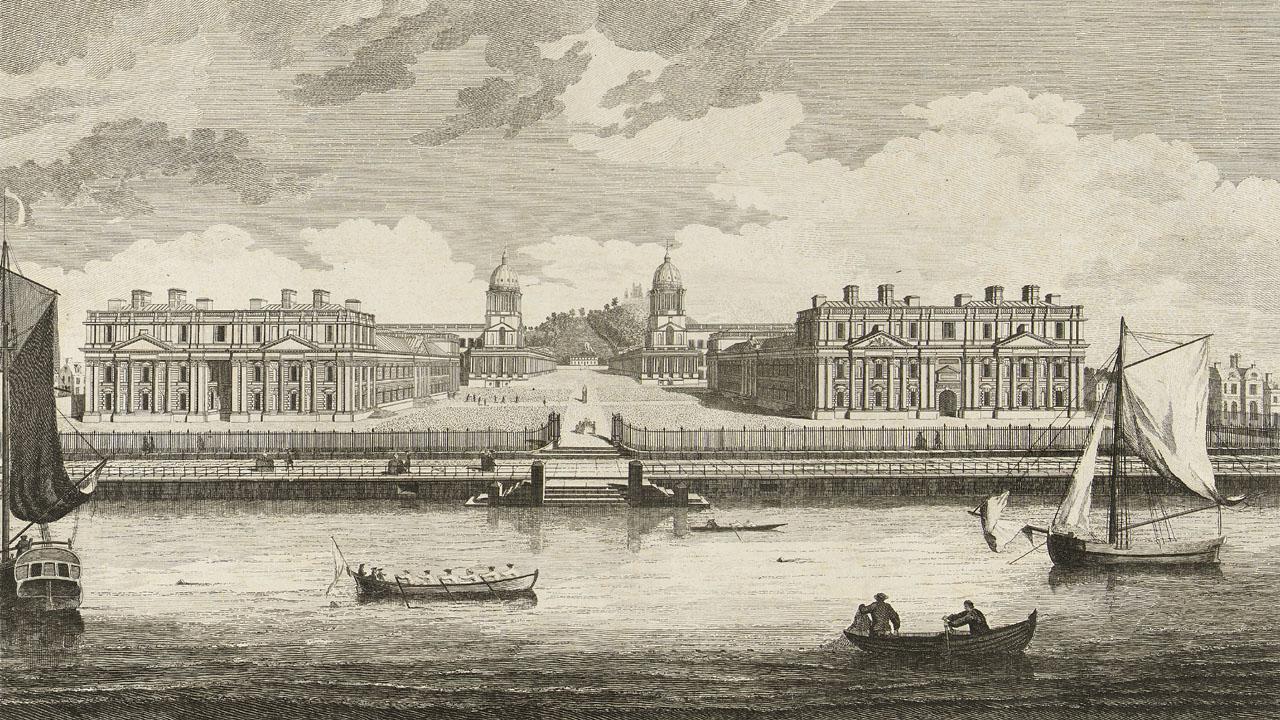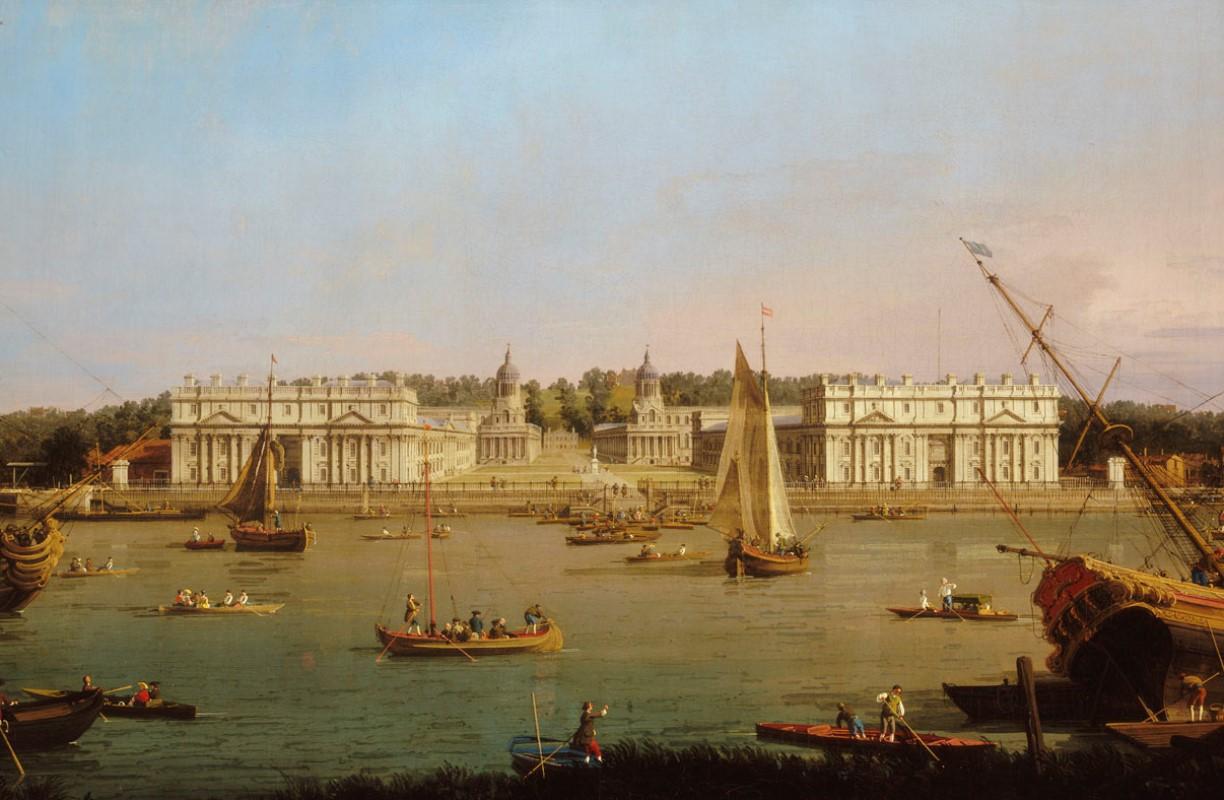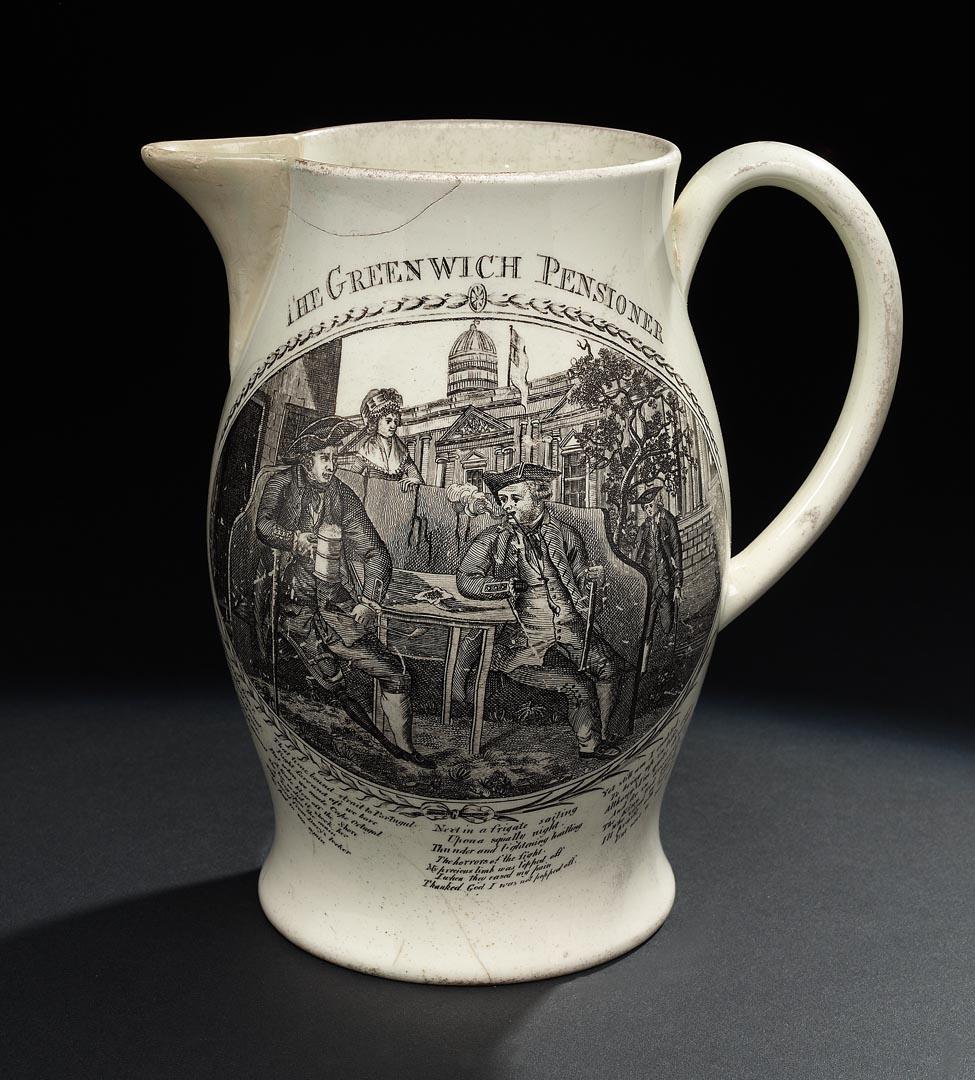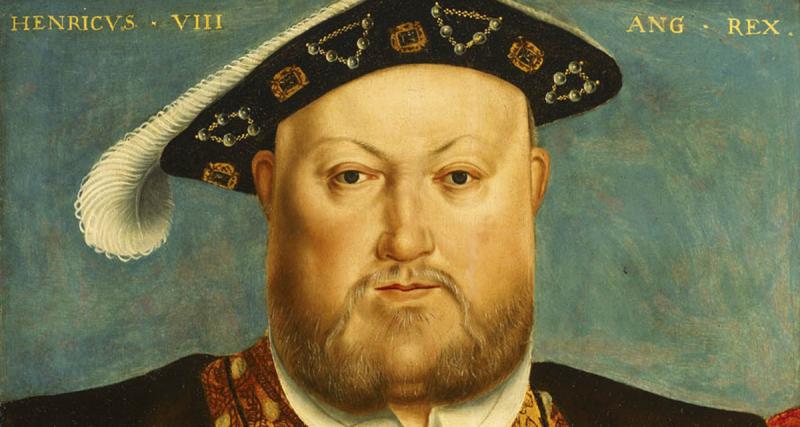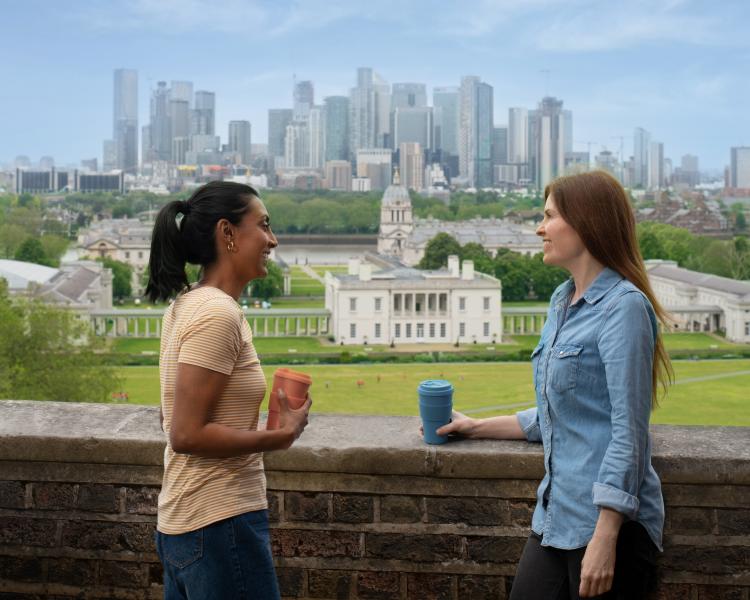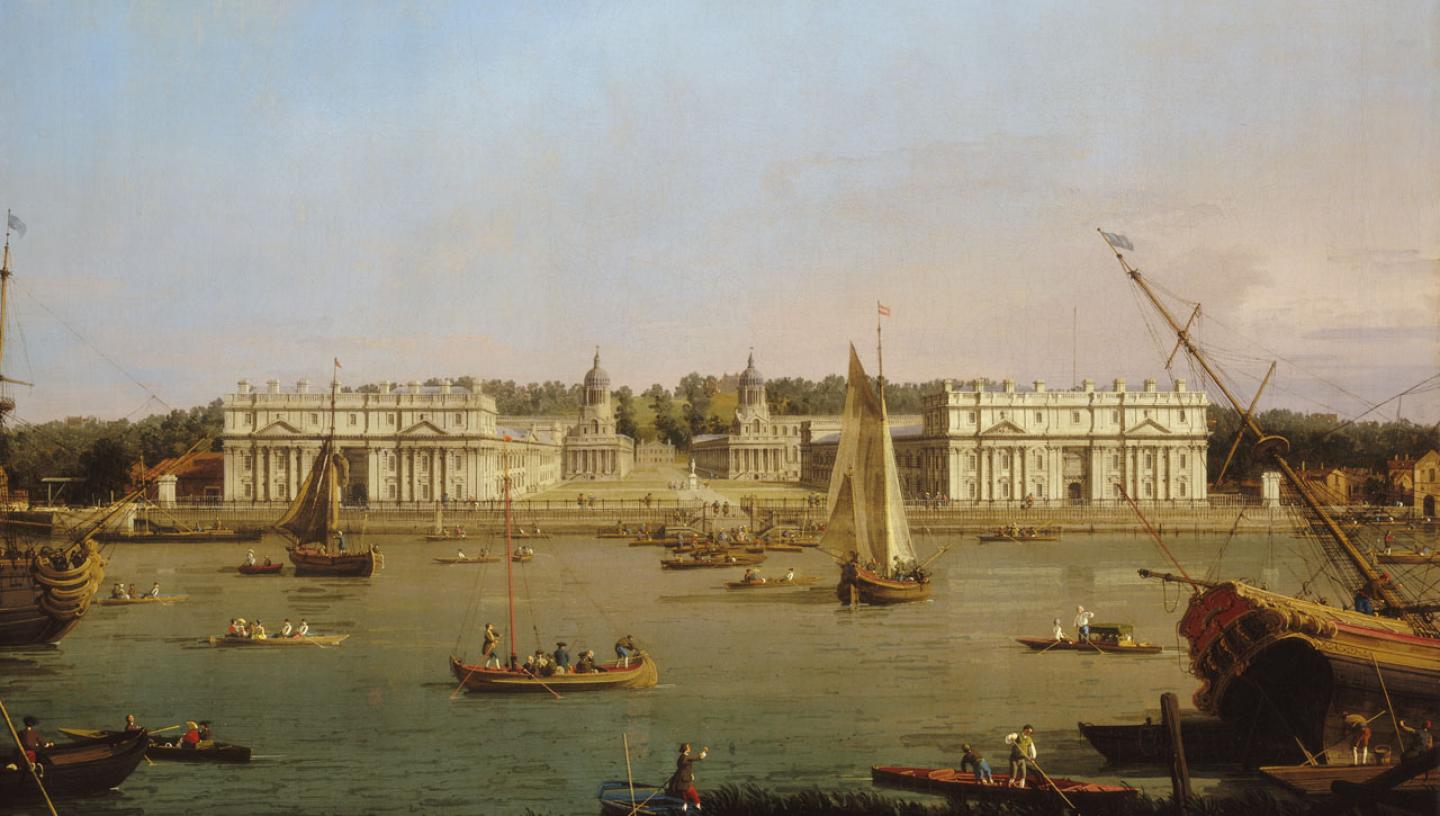
Greenwich Hospital was founded on the belief that England should look after its injured and aged sailors.
'The Darling Object of my life'
It was the cherished dream of Queen Mary, wife of William III, that England should pay what she viewed as a long-standing debt to the men who had fought to protect the country.
Plans had existed through previous reigns to build a home for old and disabled seamen, similar to the provision for soldiers at the Royal Chelsea Hospital. Little progress had been made, however, until Queen Mary expressed her personal concern. At first William did not share his wife's enthusiasm, but after her sudden death in 1694 he granted a charter to carry out her wishes.
He even backdated the charter to a time before her death so that it could be issued in both their names.
How did Queen Mary and King William come to the throne?
Mary Stuart and her husband, William of Orange, were Protestants who became rulers of England in 1688 when the 'Glorious (and bloodless) Revolution' forced her Catholic father, James II, from the throne.
Mary was well-loved by the nation and her support for soldier-king William helped him to raise England's political and economic profile in Europe. William and Mary were devoted to each other and on her premature death in December 1694 from smallpox, he was distraught with grief.
What site was chosen for the Hospital?
The Royal Charter granted the 'Royal Palace and Grounds at Greenwich' on the southern bank of the Thames as the site for the Hospital. There had been a palace at Greenwich for centuries, although by the time of Charles II, the old Tudor palace of Placentia (the 'Pleasant Palace'), birthplace of Henry VIII and Elizabeth I, had fallen into disrepair. Charles II planned to rebuild the palace, employing Christopher Wren as architect.
Before the project was finished, however, Charles ran out of money, so only one block of the 'Grand Design' was completed.
The earlier Queen's House, designed by Inigo Jones for Anne of Denmark, wife of James I, remained in its position south of Wren's buildings. Wren only kept this building in his 'Grand Design' for Greenwich because Queen Mary wanted to keep the view, or 'visto' of the river.
Why was Queen Mary concerned about the fate of seamen?
Many sailors were disabled as a result of injuries sustained during the various fierce sea battles fought during the 17th century. Without other means of support, often such men were reduced to begging in order to survive. In May 1692, news arrived of Admiral Russell's great victory against the French at the Battle of La Hogue.
Mary was so moved by the plight of sailors maimed in this action that she personally sent surgeons to treat them in Portsmouth. Within a week the Treasury heard word that
'The Queen desires you to hasten ...the grant of Greenwich as a hospital for seamen.'
What were the aims of the Greenwich Hospital Charter?
The principal aims of the charter, dated 25 October 1694, were:
The relief and support of seamen serving on board ...ships.. belonging to the Royal Navy ...who by reason of age, wounds or other disabilities ...shall be...incapable of further service and unable to maintain themselves.
The sustentation of the widows of seamen.
The maintenance and education of children of seamen.
Who were the architects of Greenwich Hospital?
The list of designers involved in the Hospital project read like a 'who's who' of the most renowned 17th and 18th century architects.
Sir Christopher Wren was responsible for the original 'Grand Design' for the Hospital. It was Wren who transformed the London skyline by his rebuilding of the city churches after the Great Fire of 1666, with St. Paul's cathedral as his greatest triumph. Wren's assistant and clerk was Nicholas Hawksmoor, architect of further churches including St. Alfege in Greenwich, all of which had a highly individual style. Hawksmoor was appointed Site Architect for Greenwich Hospital. Wren's successor as surveyor to the Hospital was Sir John Vanbrugh, who combined his career as architect with that of soldier and dramatist.
It was Vanbrugh who added the touches of grandeur to the design, turning accommodation for old sailors into a magnificent national monument.
He also commissioned artist James Thornhill to decorate the walls and ceiling of the splendid Painted Hall. Thornhill was knighted for his twenty years of work on this project for which he was paid 'piece-work', £3 per yard for the ceiling, £1 per yard for the walls.
Records also show that a Mr Daniel Foe was contracted to supply bricks for the building. He later became famous as Daniel Defoe, author of Robinson Crusoe.
How was the Hospital funded?
A Royal Commission was set up to carry out Wren's plans. The diarist, John Evelyn was appointed Treasurer, a position which he fulfilled with unfailing effort and at some personal financial cost. Among his advisers was fellow diarist, Samuel Pepys. Funding the Hospital, both for its building and maintenance, was always a problem for successive governments, and a variety of sources of income were sought. These included fundraising from private subscriptions, a lottery, prize money from enemy ships captured in the great 18th-century naval wars, and fines and confiscated wealth.
The most famous contribution in the final category came, unwittingly, from the forfeited treasure of Captain Kidd who had been executed for piracy.
An early source of funding also came from the Chatham Chest – an early form of insurance for seamen, established in 1588 at the time of the Spanish Armada, which required sailors to pay six pence a month into a 'pension fund'. This fund was later transferred to the Greenwich Hospital.
When was the Hospital completed?
By 1714 the aims of the charter were finally met. Old and wounded sailors were being cared for, as were their widows and children. A school was founded for the teaching of writing, arithmetic and navigation.
What was the later history of Greenwich Hospital?
Throughout the 18th century, the Hospital met an acute need, reaching its highest level of care during the Napoleonic Wars. By 1814, the original provision for one hundred pensioners had grown to 2710. However, during the Victorian era there were changes in patterns of war and the attitude of governments towards social responsibility which reduced this need. For example, the establishment of government-funded naval pensions in 1873 took over much of the role of the Hospital. When the Hospital closed, the main buildings were transferred to the Royal Naval College, which occupied the site until 1997.
What happened to the Greenwich Hospital School?
The school continued into the present century. However, in 1933 it moved from its Greenwich premises, which included the Queen's House, plus the East and West wings and colonnades, to its present site at Holbrook, near Ipswich in Suffolk. When the hospital closed, the vacated buildings became the home of the National Maritime Museum.
What happened to objects from the hospital when it closed?
The National Maritime Museum has inherited and exhibits many objects from the old Greenwich Hospital. One of these, a ceramic jug, has a ballad, 'The Greenwich Pensioner' printed on its sides.
This popular song sums up the career and attitude of a typical inhabitant of Greenwich Hospital. In the final verse the pensioner sings:
Yet still I am enabled
To bring up in life's rear
Although I am disabled
And lie in Greenwich tier
The King, God bless His Majesty
Who saved me from the main
I'll praise with love and loyalty
But ne'er to sea again!
Find out more
